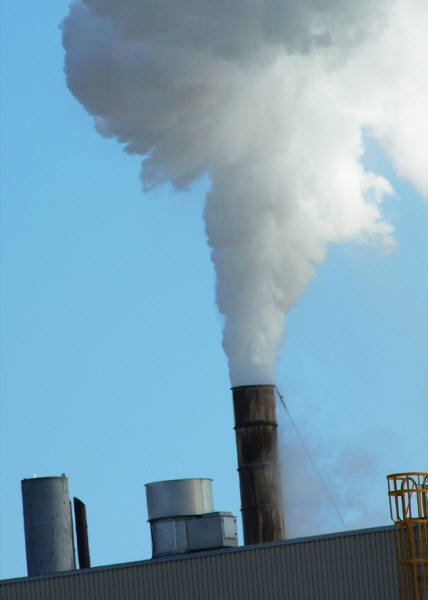News
Is your neighborhood safe from spooky emissions?
 If your neighbor is a mortuary (or any other production facility with a smoke stack for that matter), let’s hope they’ve consulted CPP to ensure you’re safe from spooky emissions! And the Halloween season is the perfect time to do so. Whether its pollutants emitted from a crematory incinerator, an industrial boiler, or emergency engine, the toxic effects on the air quality of immediate and surrounding areas can be haunting. Existing facilities may need to make adjustments in their ongoing emissions controls in order to remain in compliance with the ever-changing regulatory climate. And new facilities face the challenge of obtaining necessary construction and operating permits that limit the amount of emissions to the environment.
If your neighbor is a mortuary (or any other production facility with a smoke stack for that matter), let’s hope they’ve consulted CPP to ensure you’re safe from spooky emissions! And the Halloween season is the perfect time to do so. Whether its pollutants emitted from a crematory incinerator, an industrial boiler, or emergency engine, the toxic effects on the air quality of immediate and surrounding areas can be haunting. Existing facilities may need to make adjustments in their ongoing emissions controls in order to remain in compliance with the ever-changing regulatory climate. And new facilities face the challenge of obtaining necessary construction and operating permits that limit the amount of emissions to the environment.
In the case of mortuaries, it is becoming increasingly difficult to get the necessary approvals to build a new crematorium due to the growing fear of mercury fumes from incinerating dental fillings (e.g., the trace amounts of mercury found in silver fillings can cause damage to developing brains of children). Although there are some doubters, this is no trick-or-treat hoax. According to Environmental Protection Agency estimates, crematoriums emit 320 pounds of mercury per year, but some people estimate that the actual figure might be around 6000 pounds, or three tons. Add this to the 200,000 pounds (100 tons) of mercury emitted annually into the atmosphere in the U.S. alone from other industrial sources and this issue starts to scare even the undead! Mortuaries and industrial facilities alike may also emit nitrous oxides, particulates, and other pollutants that are regulated by the EPA to protect the air we breathe.
While mortuaries may sometimes be exempt from emissions regulations, the air quality requirements they must follow varies state by state—with some states being stricter than others—to make sure they are operating within allowable limits. So, it helps to consult a knowledgeable air permitting experts, like CPP, who can guide you through the process of assessing the regulations that apply, developing a permitting strategy, and preparing an application for the proper type of permit for your unique situation. We also handle the application paperwork for you and, if needed, we recommend alternatives such as operational limitations or emissions controls to ensure you receive the permit.
Depending on the emissions from a project and the local requirements, you may need dispersion modeling to obtain a permit. CPP uses advanced modeling techniques to correct excessive conservatism in permit modeling to a reasonable level that still protects public health. These techniques include wind tunnel testing to simulate wind behavior and refine the building inputs to the model. These refinements help overcome the limitations of the model that can cause significant expense and delays in a project’s deadline—haunting prospects for anyone trying to obtain a permit!
Contact CPP for more information about our full range of air permitting services, from initial assessment to permit award.
